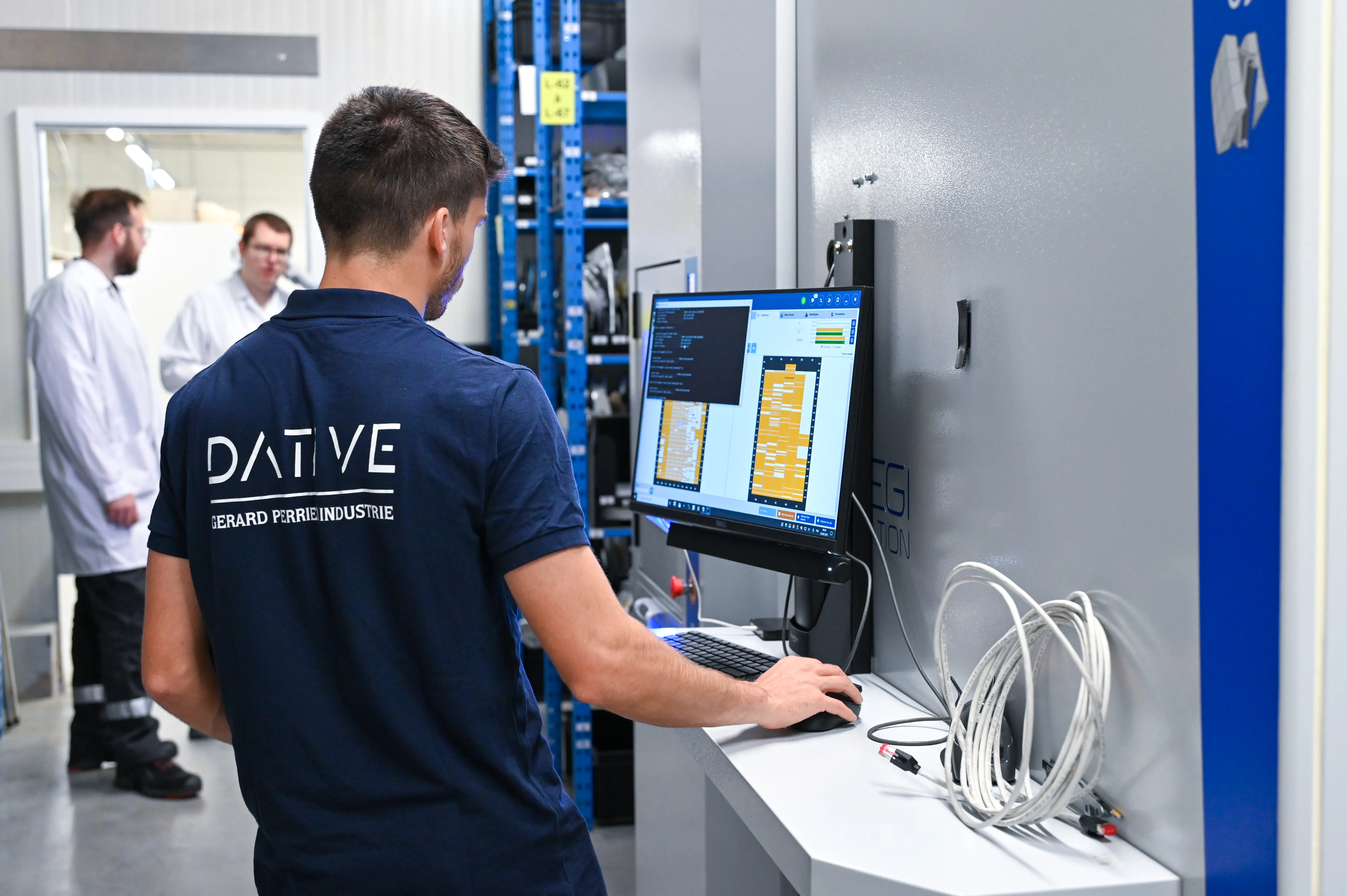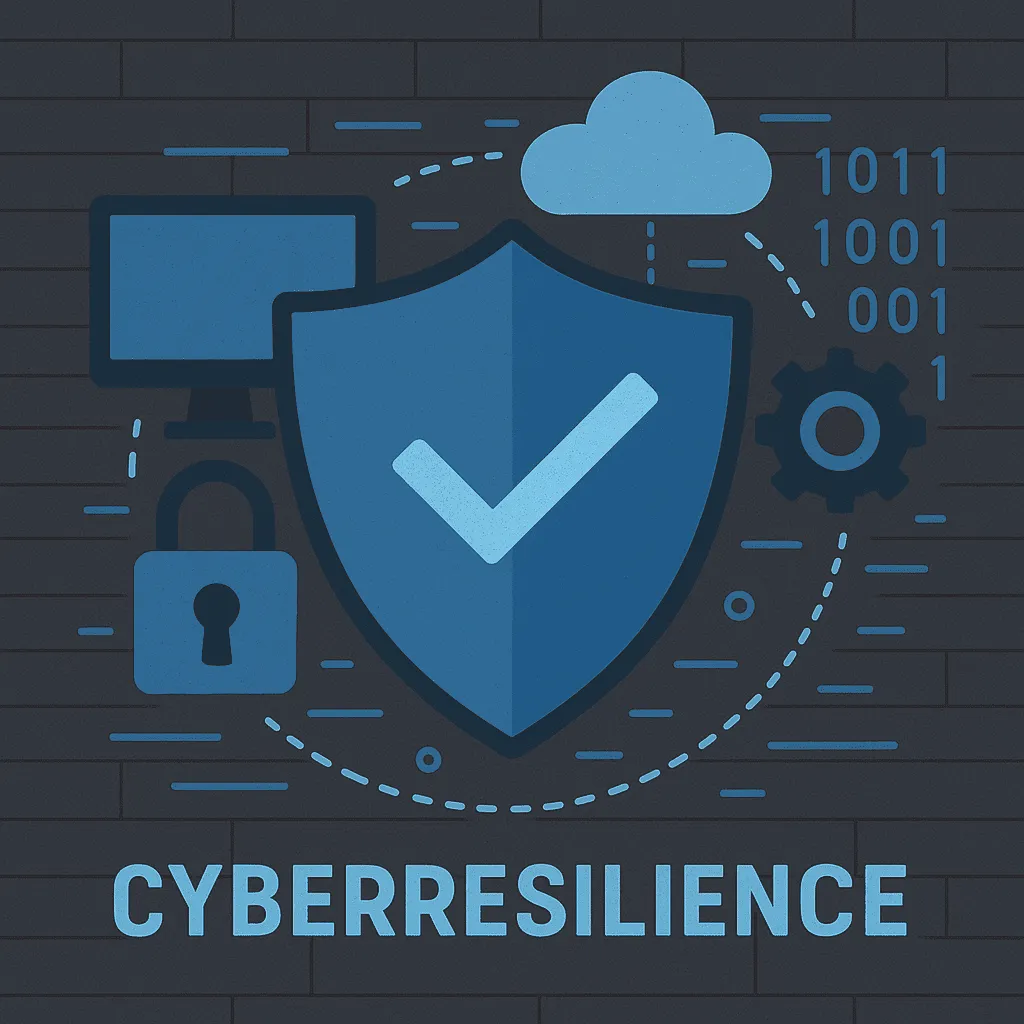
NIST SP 800-82: Essential Guide to Cybersecurity for Industrial Systems
The NIST SP 800-82 standard, published by the National Institute of Standards and Technology (NIST), is a key guide for ensuring cybersecurity in industrial environments. This document provides valuable recommendations for securing industrial control systems (ICS), including SCADA, DCS, and PLC systems, used in critical sectors such as energy, manufacturing, water, and other essential infrastructures. Due to the increasing cyber threats targeting critical infrastructures, NIST SP 800-82 plays a crucial role in defining best practices to protect industrial systems against cyberattacks. Although this guide is not a mandatory standard, it is widely adopted as a reference by industrial cybersecurity professionals worldwide.
The Context of NIST SP 800-82
The NIST SP 800-82 standard was first published in 2011, with regular revisions to adapt to technological advancements and emerging threats. Its primary objective is to provide guidelines on how to protect industrial systems against cyberattacks while enabling effective risk management specific to industrial environments.
Industrial control systems (ICS) are essential for managing operations in sectors such as energy, transportation, water, and healthcare. However, these systems are often exposed to specific risks due to their interconnection with larger IT networks and the complexity of their architectures. The NIST SP 800-82 standard aims to help organizations strengthen the resilience of these systems by identifying and applying appropriate cybersecurity strategies.
The Key Objectives of NIST SP 800-82
- Protect industrial control systems (ICS): The standard defines the principles and practices necessary to ensure the security of ICS in response to known threats and vulnerabilities.
- Manage ICS-specific risks: NIST SP 800-82 provides guidance on assessing and managing risks related to ICS technologies, including access management, network monitoring, and vulnerability analysis.
- Promote collaboration: The standard encourages cooperation between different stakeholders, including cybersecurity professionals, system operators, and solution providers, to enhance the overall security of industrial systems.
- Ensure operational continuity: In the context of industrial systems, the goal is not only to prevent cyberattacks but also to ensure the resilience of critical infrastructures in case of a compromise. NIST SP 800-82 offers incident response and disaster recovery strategies.
Expected Impact of Compliance
Compliance with the NIST SP 800-82 standard is likely to have a significant impact on an organization's cybersecurity posture, particularly in critical sectors. First, it significantly reduces the vulnerabilities of industrial control systems (ICS) to cyber threats by establishing robust security practices and facilitating the identification of weaknesses.
By improving the resilience of critical infrastructures, companies can ensure the continuity of their operations, minimizing costly disruptions and productivity losses. Additionally, compliance with this standard strengthens stakeholder confidence, including customers, partners, and regulators, by demonstrating a serious commitment to security.
Finally, this approach promotes a cybersecurity culture within the organization, fostering increased awareness and better preparedness for potential incidents. In summary, adhering to the recommendations of NIST SP 800-82 is a strategic investment that contributes not only to the protection of assets but also to the sustainability of operations.

Scope of Application
Relevant Sectors
NIST SP 800-82 is relevant for multiple sectors, including:
- Energy: Power grid management systems, pipelines.
- Transportation: Traffic control systems, railway infrastructure.
- Healthcare: Control systems for medical equipment and hospital services.
Targeted Organizations or Activities
- Industries: Manufacturing, water treatment, power generation.
- Government agencies: Those responsible for regulating and securing infrastructure.
Technical or Geographical Scope
- National: Applicability within the United States.
- International: Increasing adoption worldwide, particularly in countries focused on protecting critical infrastructure.
The Structure of NIST SP 800-82
NIST SP 800-82 is structured around several key sections, each addressing essential aspects of cybersecurity for industrial control systems (ICS). This systematic structure allows for a comprehensive understanding and practical application of its recommendations. Here is a detailed overview of the main chapters:
Introduction
This initial section outlines the fundamental objectives of the document, emphasizing its crucial role in protecting ICS. It sets the framework for a systematic approach to cybersecurity, highlighting the necessity of a proactive defense against emerging threats.
Fundamental Concepts of Industrial Systems
In this chapter, NIST SP 800-82 provides an in-depth analysis of the essential components of ICS, including programmable logic controllers (PLCs), supervisory control and data acquisition (SCADA) systems, and distributed control systems (DCS). A clear understanding of these elements is crucial for identifying specific vulnerabilities and implementing appropriate security measures.
Cybersecurity Risk Management for Industrial Systems
This section covers risk management, presenting methodologies to assess threats and vulnerabilities specific to ICS. It provides structured approaches for risk prioritization, enabling organizations to develop effective mitigation strategies and strengthen resilience against cyber threats.
Cybersecurity Architecture for ICS
The chapter on cybersecurity architecture describes recommended models for securing industrial environments. It emphasizes the importance of network segmentation, which helps limit the spread of attacks and protect critical systems. This architectural approach is essential for establishing a defense-in-depth strategy.

Incident Management Practices
This chapter provides guidelines on incident management, covering detection, response, and recovery processes. It emphasizes the importance of proper preparation and an effective action plan to minimize the impact of cyberattacks while ensuring a swift recovery of normal operations.
Cybersecurity Supply Chain Management
NIST SP 800-82 highlights the critical importance of securing the ICS technology supply chain, including third-party software and hardware providers. This section addresses risks associated with suppliers and presents management strategies to ensure that third-party components do not compromise the security of industrial systems.
Application Examples and Case Studies
Finally, this section presents real-world examples and case studies illustrating the implementation of cybersecurity recommendations in various industrial environments. These practical illustrations provide valuable insights into the challenges faced and the solutions adopted, serving as a reference for organizations looking to strengthen their cybersecurity.
In summary, the structure of NIST SP 800-82 is designed to provide a comprehensive and integrated approach to the cybersecurity of industrial control systems, enabling organizations to effectively navigate the complex landscape of digital threats.
Implementation and Compliance
Key Steps for Compliance
Compliance with NIST SP 800-82 is a crucial process to ensure the security of industrial control systems (ICS). The first step, risk assessment (EBIOS RM/ISO27005), involves identifying vulnerabilities specific to these systems. This requires an in-depth examination of assets, an analysis of potential threats, and an assessment of possible impacts. Such analysis not only helps detect existing weaknesses but also categorizes risks based on their severity and likelihood of occurrence, providing a solid foundation for future actions.
Once the risk assessment is completed, it is essential to develop a strategic cybersecurity plan. This plan must clearly define security objectives, required resources, and timelines for implementing protective measures. It should also include communication and collaboration protocols among all stakeholders, ensuring that the entire organization is engaged and aware of cybersecurity challenges.

The next phase involves implementing security measures. This includes applying the recommendations from NIST SP 800-82, such as installing technical controls like firewalls, intrusion detection systems, and network segmentation devices. These measures are essential to strengthening perimeter defense and reducing the attack surface.
Finally, training and awareness among personnel play a crucial role in cybersecurity implementation. Employees must be trained in best practices to minimize risks associated with human errors. Regular training programs and awareness sessions are therefore essential to maintaining a high level of vigilance within the organization.
Best Practices
To ensure the effectiveness of security measures, it is important to adopt best practices. This includes implementing continuous awareness programs aimed at informing staff about emerging threats and cybersecurity best practices. Additionally, proactive updates of systems should be conducted regularly to fix identified security vulnerabilities. These updates play a crucial role in preventing cyberattacks.
Regular testing and audits should also be conducted to assess the effectiveness of the measures in place. These audits provide valuable insights into the performance of security controls and help make necessary adjustments to improve cybersecurity posture.
Available Resources and Tools for Organizations
To support these efforts, several resources and tools are available. The use of vulnerability management tools, such as CWE/CVE, helps identify and prioritize security flaws. Additionally, the NIST Cybersecurity Framework provides an integrated approach that assists organizations in structuring their cybersecurity efforts, aligning their practices with industry best standards.
Thanks to the expertise of our DATIVE experts, we tailor tools to meet your real needs!
Relationship with Other Standards
Complementary or Related Standards
The implementation of NIST SP 800-82 does not occur in isolation. It must be integrated into a broader industrial cybersecurity framework, which includes complementary standards such as:
- IEC 62443: An international standard that provides guidelines for the cybersecurity of industrial control systems.
- ISO/IEC 27001: An information security management standard applicable to industrial system cybersecurity and risk management.
- NIST Cybersecurity Framework (CSF): A framework that offers a flexible approach to improving cybersecurity at all levels of the organization.
NIST SP 800-82 encourages organizations to adopt a layered cybersecurity approach, combining prevention, detection, response, and recovery. It also recommends implementing strict identity and access management to mitigate risks related to system compromise.
Evolution and Current Developments
Version History and Recent Updates
Since its initial publication, NIST SP 800-82 has undergone several revisions to adapt to emerging threats and technologies, with a particular focus on cybersecurity advancements.
Future Trends
- Artificial Intelligence and Cybersecurity: Increasing adoption of AI technologies to enhance threat detection.
- Stronger Regulations: Emergence of new laws and regulations aimed at protecting critical infrastructures.

Benefits and Challenges
Benefits for Businesses or Organizations
Compliance with NIST SP 800-82 presents several notable benefits. It first strengthens asset protection by securing critical infrastructures against cyber threats, helping to prevent service interruptions and data loss. Furthermore, it promotes regulatory compliance, allowing organizations to avoid potential penalties while enhancing their reputation with customers and partners.
Challenges or Limitations
However, challenges remain. The complexity of implementation of the recommendations presents a major obstacle, as industrial control systems (ICS) are often varied and complex, making it difficult to apply measures uniformly. Additionally, the costs associated with cybersecurity can be a financial burden, particularly for small and medium-sized enterprises, which may limit their ability to fully engage in this process.
Thus, while compliance offers significant benefits, organizations must navigate significant challenges to ensure effective cybersecurity.
Our experts are here to assist you in securing your critical infrastructures.
Resources and References
- Official text of the standard NIST SP 800-82
- Practical guides such as EBIOS RM or ISO 27005.
- Publications from organizations like ENISA and ANSSI for studies and recommendations.
Conclusion
The NIST SP 800-82 standard is an essential guide for industrial system cybersecurity, providing practical guidelines for protecting critical infrastructures against a range of cyber threats. With the increase in attacks targeting industrial control systems, adopting the recommendations of NIST SP 800-82 is becoming a necessity to ensure infrastructure resilience and operational continuity.
Industrial cybersecurity professionals must be aware of the specificities of ICS environments and apply appropriate security strategies. By combining the advice from NIST SP 800-82 with other relevant standards, organizations can enhance their cybersecurity posture, minimize risks, and effectively respond to incidents. Industrial system cybersecurity is an evolving field, and it is crucial for businesses to remain vigilant and update their practices to address new threats. It is important to be well-supported, and DATIVE can help you with compliance and securing your facilities.

FAQ
Question 1: Why is NIST SP 800-82 so important?
NIST SP 800-82 is crucial because it provides specific guidelines for protecting industrial control systems, which are often targets for cyberattacks.
Question 2: Who should adopt this standard?
Companies in critical sectors, as well as government agencies responsible for infrastructure security, should adopt this standard to strengthen their cybersecurity.
Question 3: What are the main challenges related to implementing NIST SP 800-82?
The main challenges include the complexity of industrial systems, implementation costs, and the need for ongoing staff training to ensure proper application of the recommendations.
Question 4: When should NIST SP 800-82 be chosen for industrial infrastructure?
If an industrial infrastructure has contracts with American companies, it is often better to adopt the best practices of NIST SP 800-82, in addition to international standards. If the industrial infrastructure operates in Europe, it is recommended to prioritize the NIS 2 directive and standards such as ISO 27001 or IEC 62443. However, NIST SP 800-82 remains an excellent technical reference for securing industrial systems.





